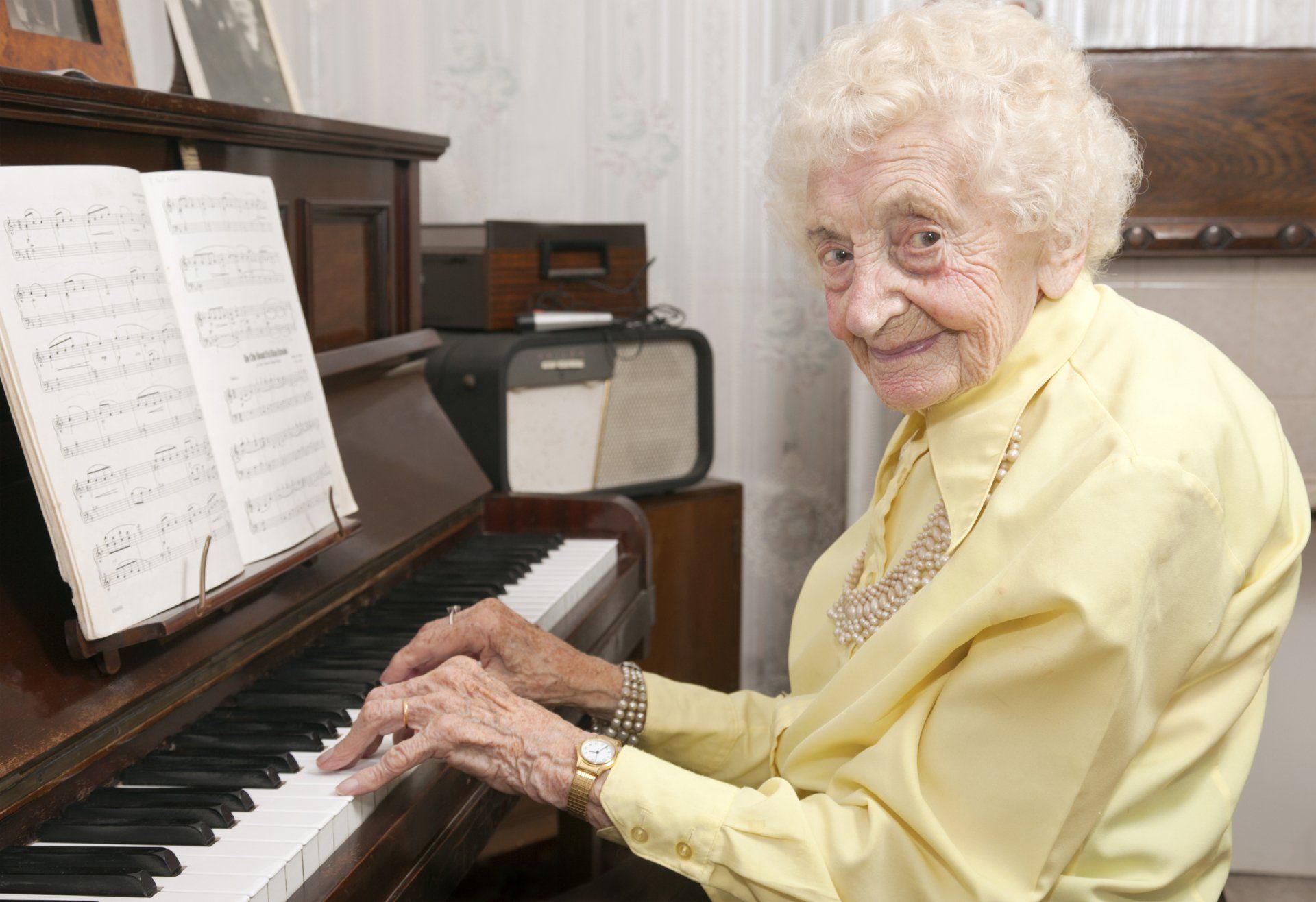MUSIC CARE RESOURCES
Topics
Type
Aging
MUSIC CARE WEBINARS
Blogs
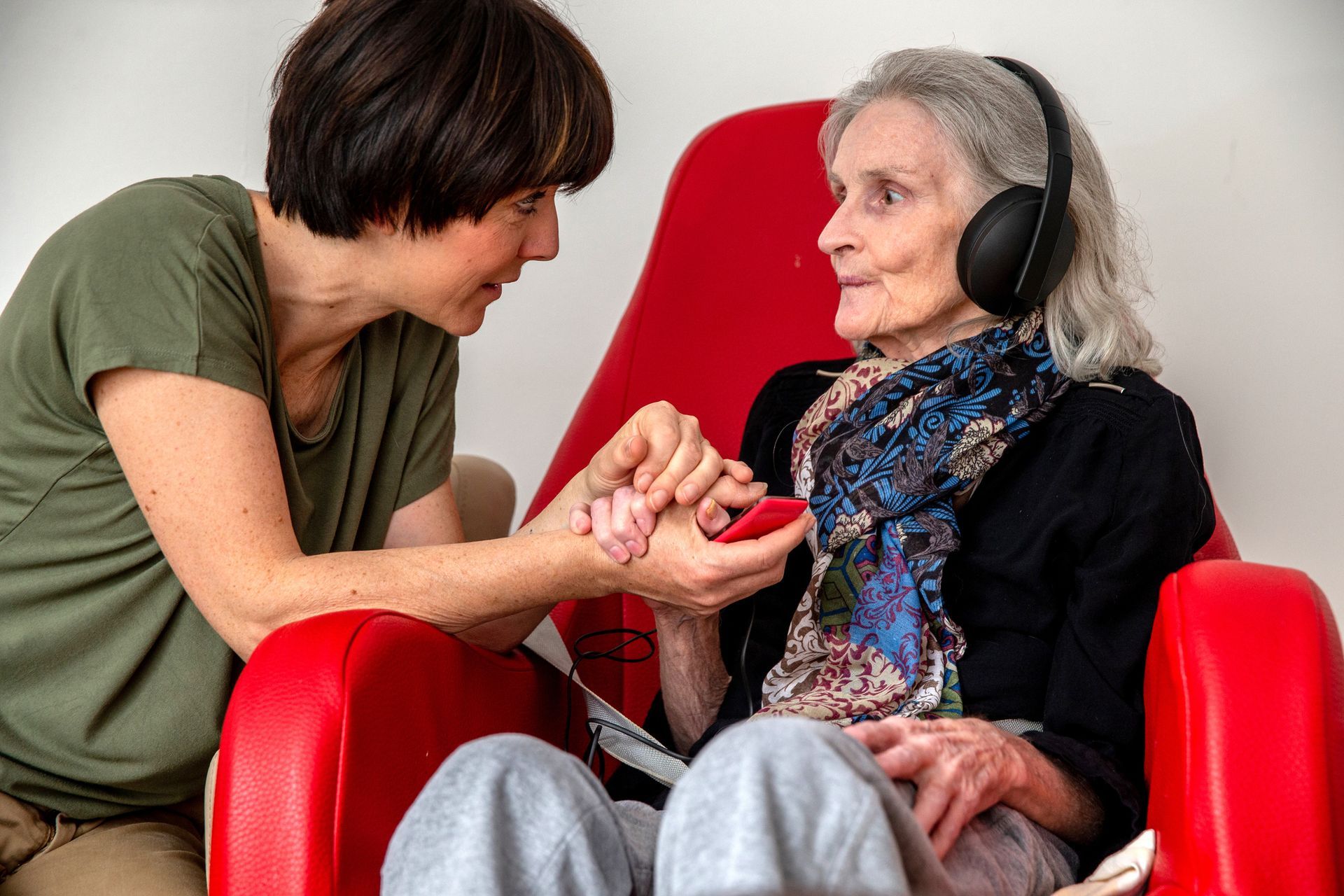
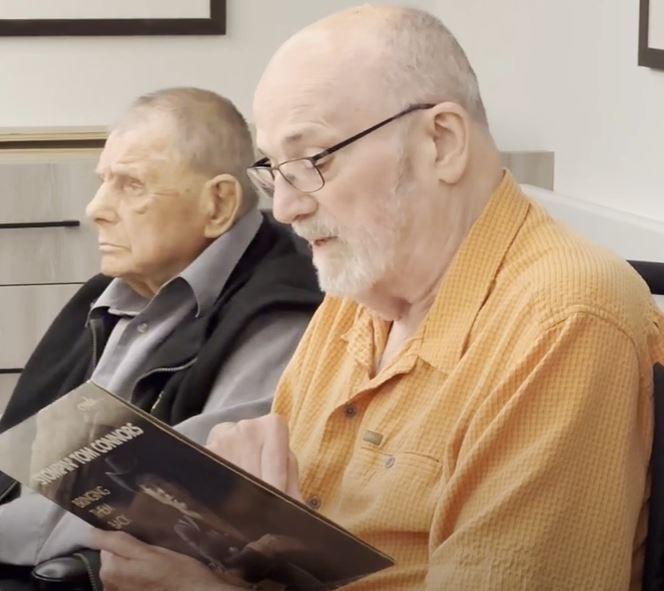
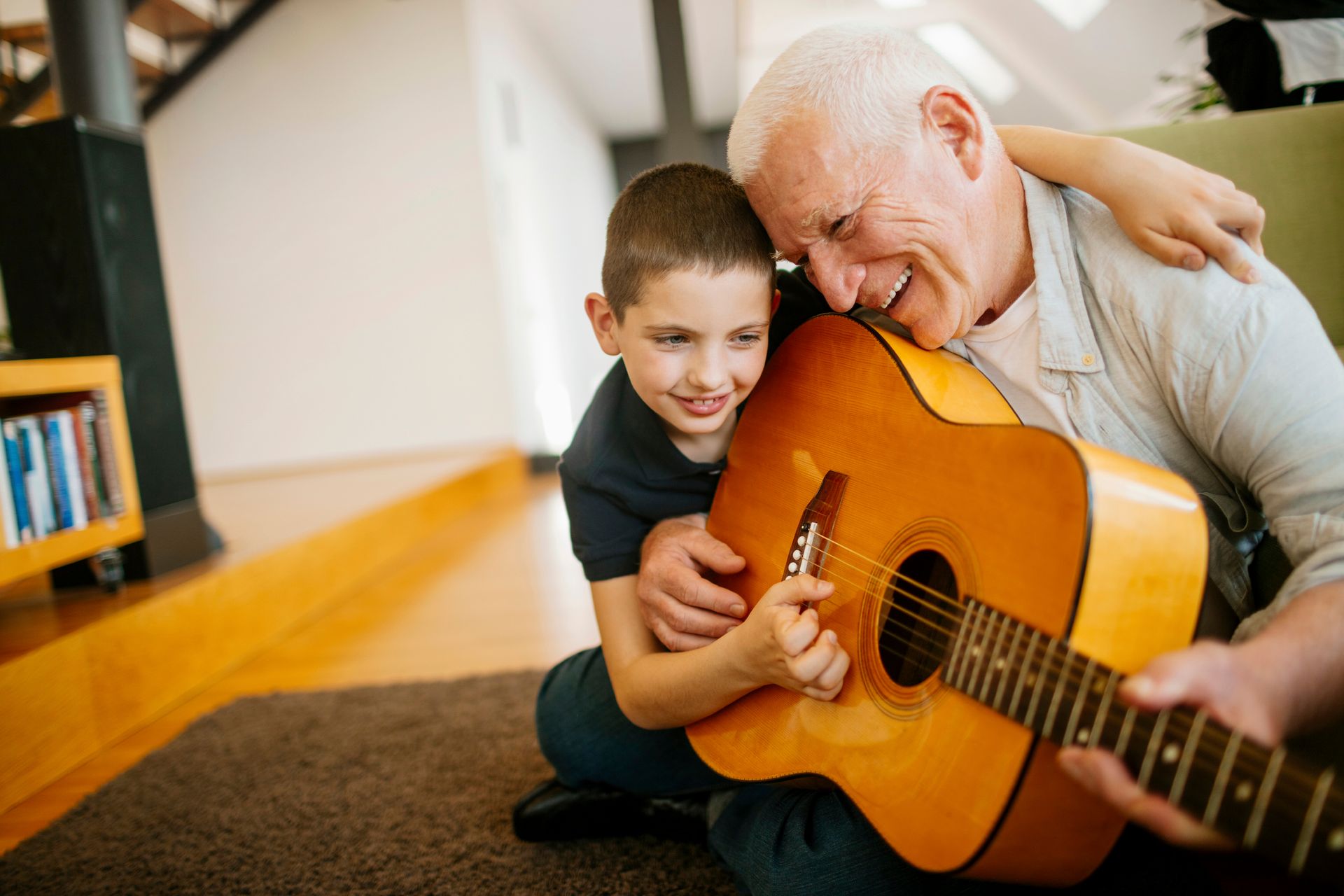
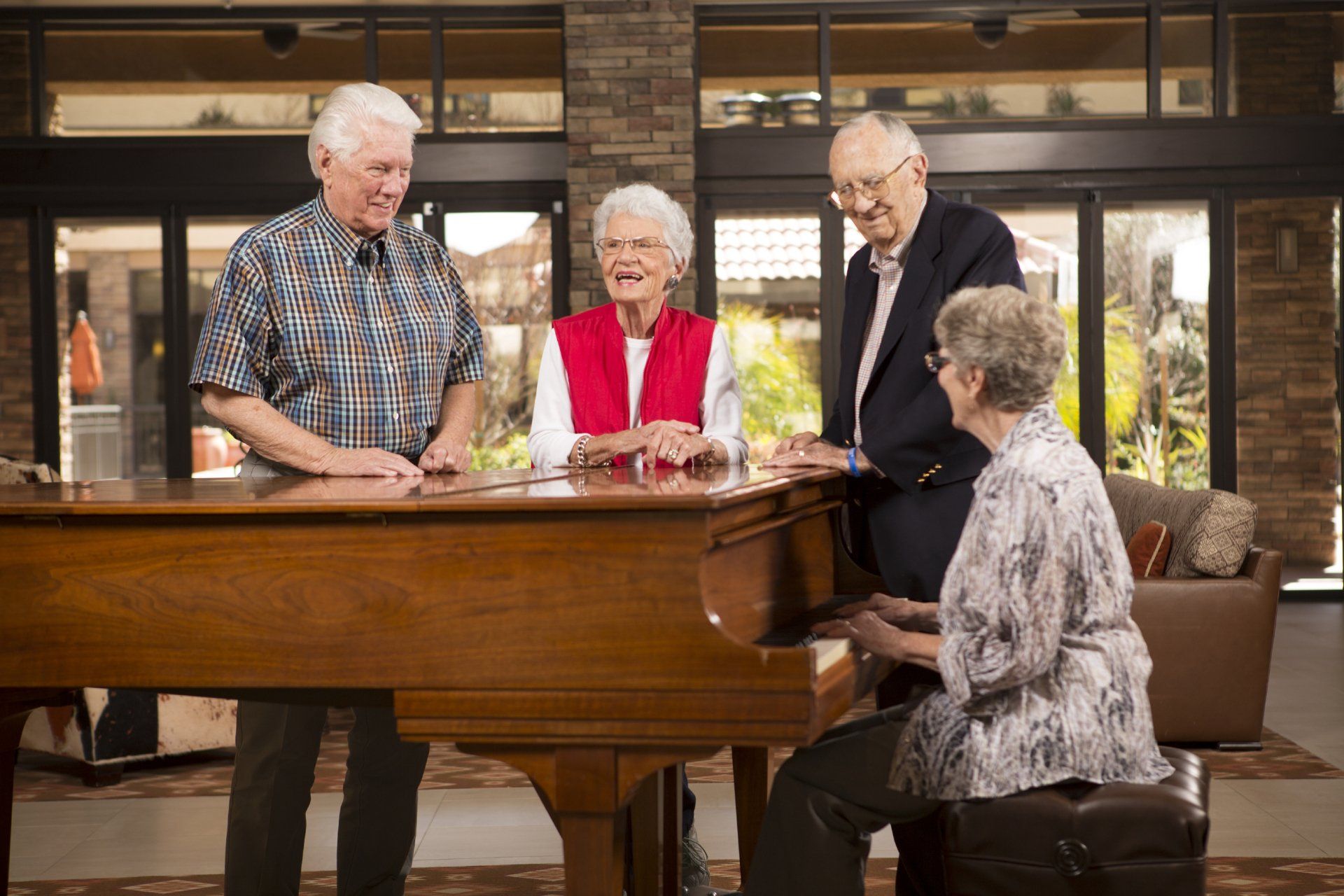


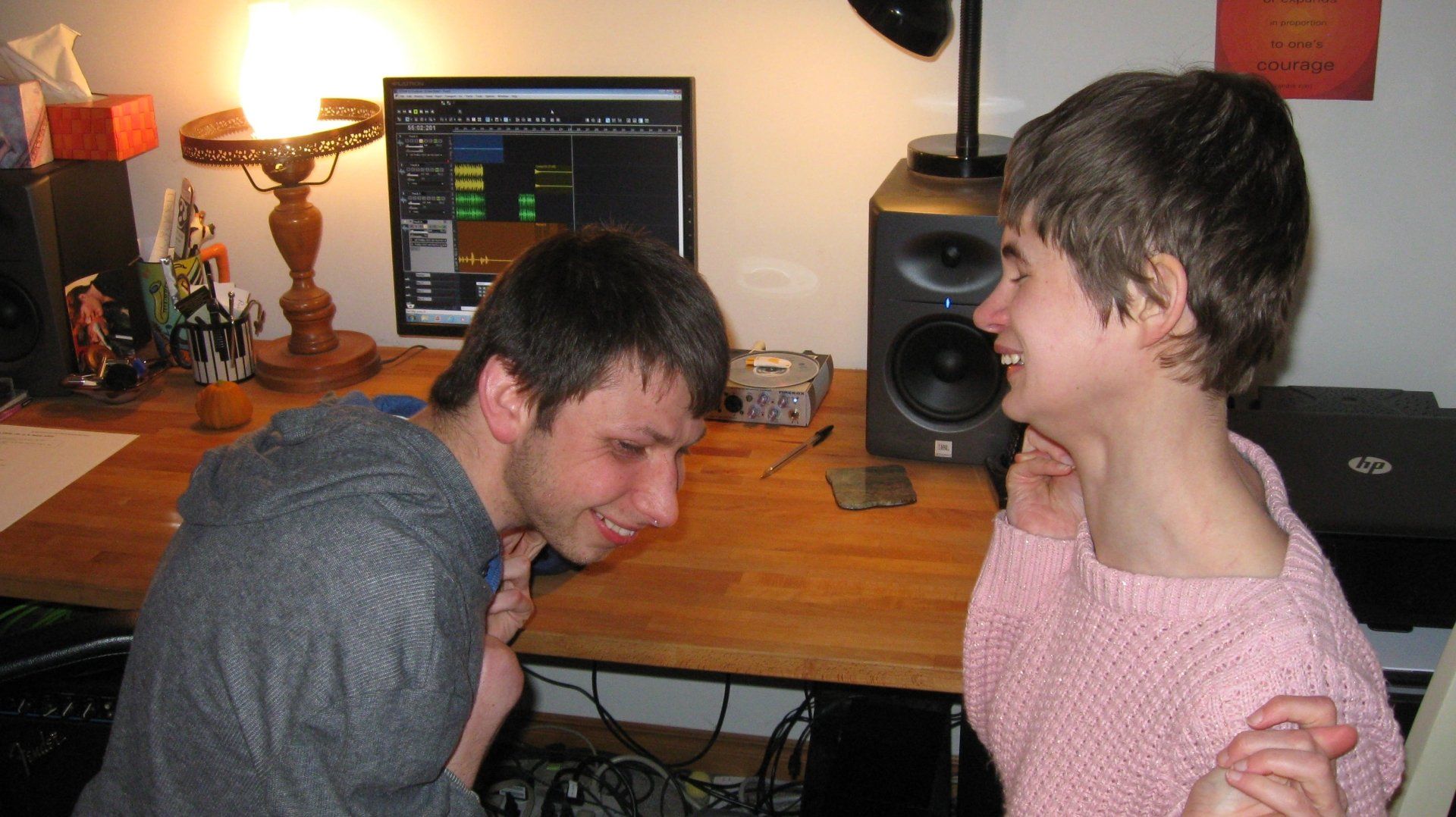
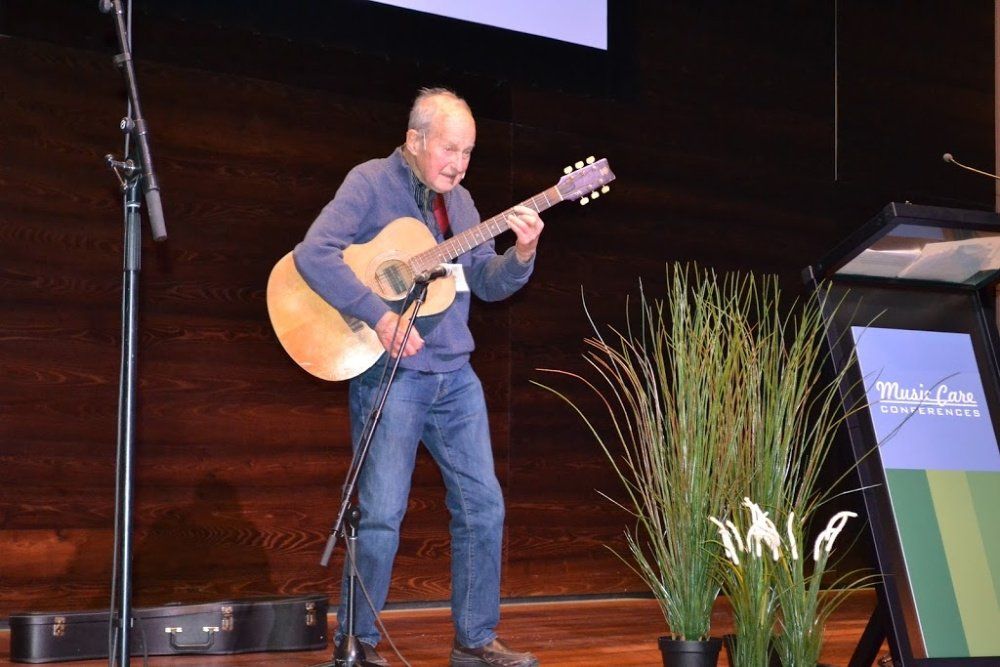
Articles
Hallam, S., Creech, A., Varvarigou M., McQueen, H., & Gaunt, H. (2014). Does active engagement in community music support the well-being of older people? Arts and Health, 6(2), 101-116.
Hays, T. & Minichiello, V. (2005). The meaning of music in the lives of older people: A qualitative study. Psychology of Music, 33(4), 437-451.
Hicks-Moore, S., (2004). Relaxing Music at Mealtime in Nursing Homes. Journal of Gerontological Nursing; Dec 2005: 31, 12; ProQuest Nursing & Allied Health Source pg. 26
Koelsch, S. (2013). From social contact to social cohesion: The 7 cs. Music and Medicine, 5(4), 204-209.
Lai, H.L & Good, M. (2005). Music improves sleep quality in older adults. Journal of Advanced Nursing, 49(3),234.
Reed, P. (1991) Spirituality & Well-Being in Terminally Ill Hospitalized Adults. Research in Nursing and Health. 10:335-344.
Van Malderen, L., Mets, T., & Gorus, E. (2013). Interventions to enhance the quality of life of older people in residential long-term care: A systematic review. Ageing Research Reviews, 12, 141-150.
Books
Clair, A. (1996). Therapeutic uses of music with older adults. Baltimore, MD: Health Professions Press Inc.
Lathom-Radocy, W. (2002). Pediatric music therapy. Springfield, IL: Charles C. Thomas Publisher Ltd.
Meredith, V. (2007). Sing better as you age: A comprehensive guide for adult choral singers. Santa Barbara, CA: Santa Barbara Music Publishing, Inc.
Mindlin, G., Durousseau, D., & Cardillo, J. (2012). Your playlist can change your life: 10 proven ways your favourite music can revolutionize your health, memory, organization, alertness, and more. Naperville, IL: Sourcebooks, Inc.
Robb, S. (Eds.). (2003). Music therapy in pediatric healthcare. research and evidence-based practice. Silver Spring, MD: The American Music Therapy Association Inc.
Links
Centre for Studies in Aging & Health
www.sagelink.ca
Ontario Long Term Care Association OLTCA
www.oltca.com
Ontario Retirement Communities Association ORCA
www.orcaretirement.com
Manitoba Long Term Care Association
www.ltcam.mb.ca
BC Care Providers Association
www.bccare.ca
Canadian Alliance for Long Term Care
www.caltc.ca
Alberta Continuing Care Association
www.ab-cca.ca
Ontario Long Term Care Association
www.oltca.com
New Brunswick Association of Nursing Homes
www.nbanh.com
Health Association Nova Scotia
www.healthassocation.ns.ca
Ontario Association of Non-Profit Homes and Services for Seniors (OANHSS)
www.oanhss.org
Charitable Registration #85728 5092 RR0001 • Room 217 Foundation™
Box 145 Port Perry, ON, L9L 1A2 • 844.985.0217

